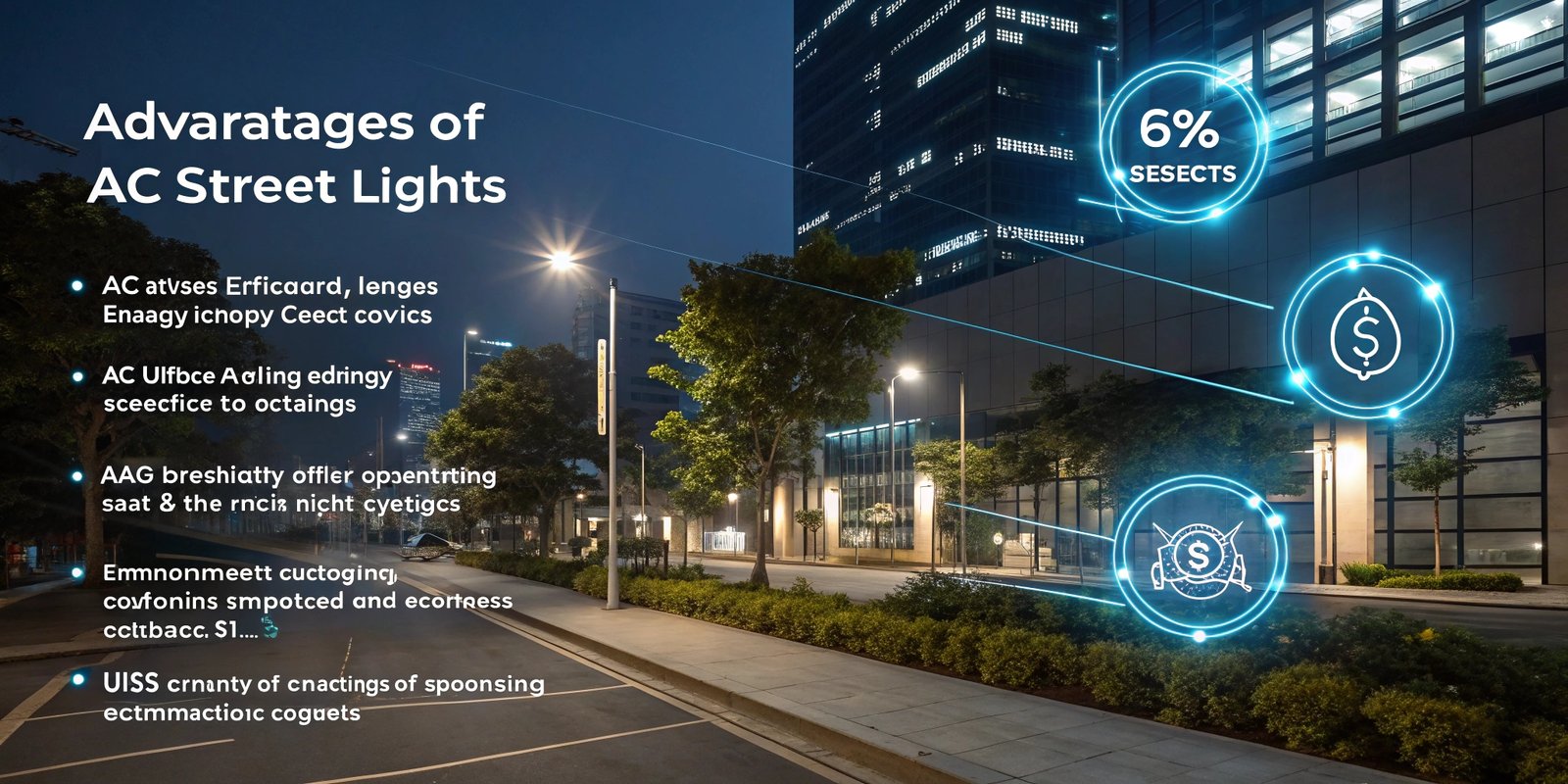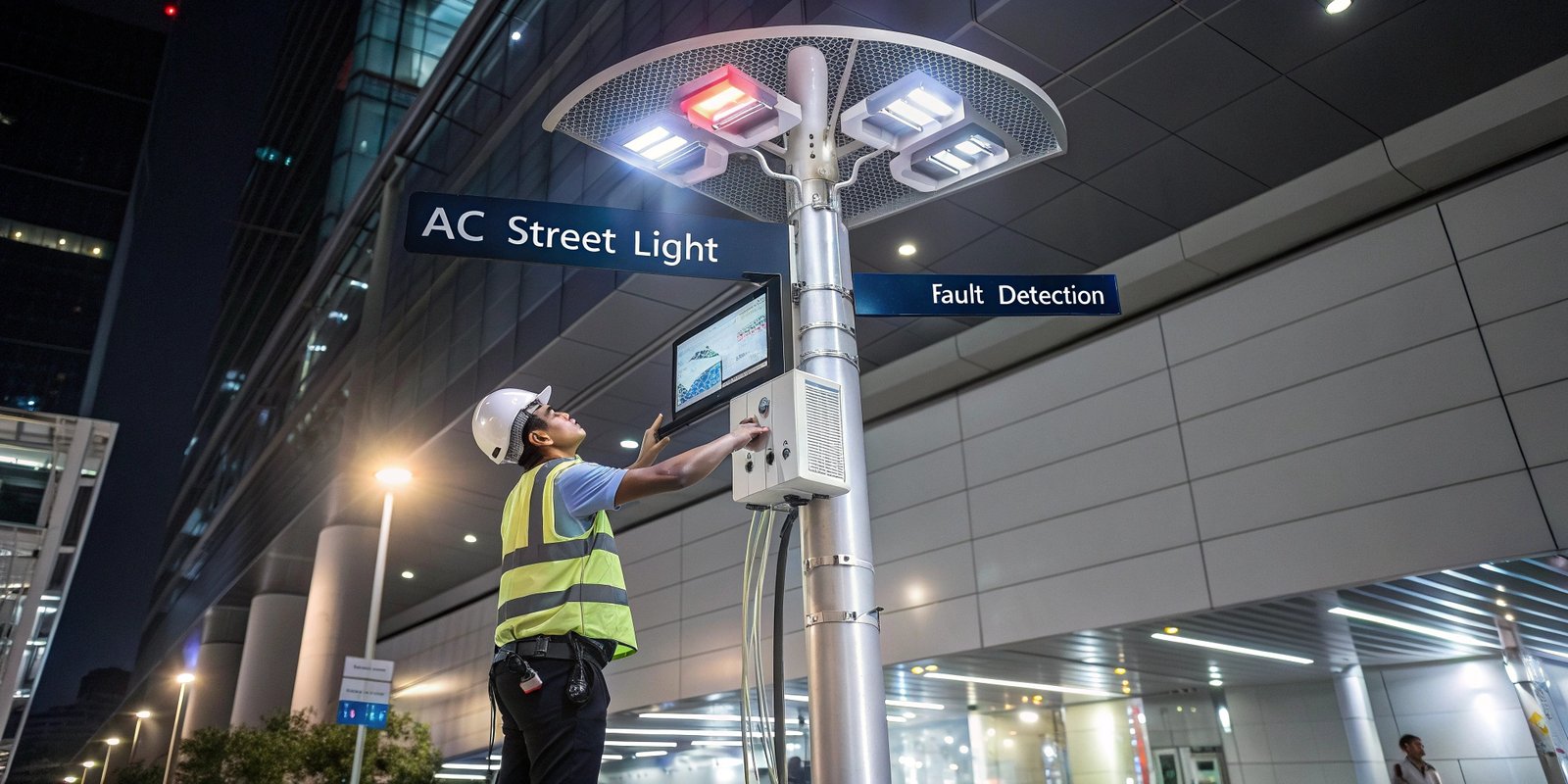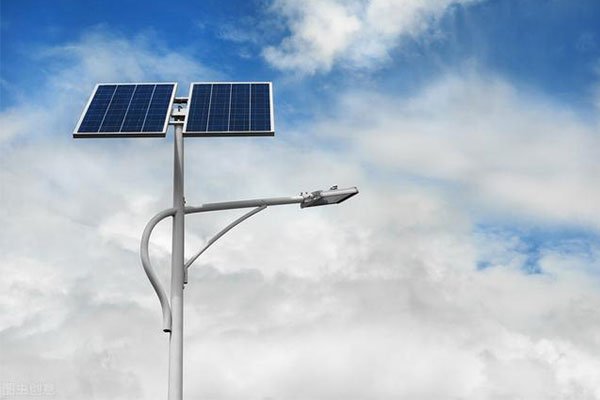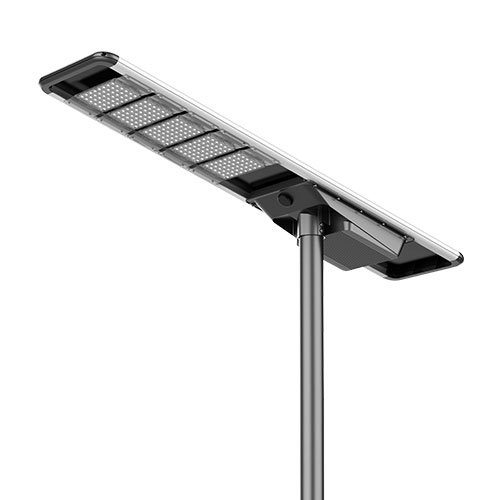AC street lights are grid-powered lighting solutions commonly used in urban infrastructure. They provide reliable illumination, ensuring road safety and urban functionality while integrating with modern smart technologies.
An AC street light operates by converting alternating current (AC) from the power grid into usable energy for LED or other high-efficiency light sources. Advanced systems include sensors and remote controls for automated adjustments, enhancing efficiency and reducing operational costs.
Understanding AC street lights requires examining their structure, functionality, benefits, challenges, and future trends. Let's explore their components and working principles in detail.
Key Components of an AC Street Light?

AC street lights consist of essential components, including a lamp housing, power supply unit, light source, and control systems. Each part contributes to their efficiency and durability.
| Component | Function | Key Features |
|---|---|---|
| Lamp Housing & Fixture | Protects internal components from environmental factors | Made of aluminum alloy or polycarbonate for durability |
| AC Power Supply Unit | Converts and regulates grid electricity | Includes surge protection for stable power delivery |
| Light Source | Emits light efficiently | LEDs are preferred for their high energy efficiency and longevity |
| Control System & Sensors | Automates lighting based on external conditions | Motion sensors, dimming features, and remote monitoring |
Modern AC street lights integrate intelligent control systems, allowing cities to optimize energy consumption and reduce unnecessary usage.
How AC Street Lights Work?

AC street lights operate by converting grid electricity into usable energy, powering LED modules, and adjusting brightness based on environmental conditions through smart controls.
| Step | Process | Explanation |
|---|---|---|
| 1. Power Source | AC electricity from the grid | Ensures continuous power supply without battery storage |
| 2. Light Emission | LEDs convert electricity into light | High lumen output with low power consumption |
| 3. Control Mechanism | Automated brightness adjustment | Sensors detect ambient light levels and traffic conditions |
| 4. Automation Features | Remote monitoring and smart controls | Reduces maintenance costs and optimizes performance |
Automation in AC street lighting enhances urban efficiency by reducing energy waste while ensuring consistent illumination.
Advantages of AC Street Lights?

AC street lights offer numerous benefits, including energy efficiency, cost savings, and integration flexibility, making them a preferred choice for urban development.
| Advantage | Benefit | Description |
|---|---|---|
| Energy Efficiency | Reduces power consumption | LEDs use 50%–70% less energy than traditional street lights |
| Cost Savings | Lowers operational expenses | Smart controls and automation minimize unnecessary power use |
| Environmental Benefits | Decreases carbon footprint | Lower energy usage leads to reduced greenhouse gas emissions |
| Longevity & Reliability | Enhances durability | Weather-resistant materials and smart technology extend lifespan |
| Integration & Flexibility | Fits into existing infrastructure | Compatible with modern urban lighting management systems |
Governments and municipalities increasingly choose AC street lights for their sustainability and cost-effectiveness.
Challenges and Solutions?

Despite their advantages, AC street lights face challenges like grid dependency and weather resistance, which require innovative solutions for long-term performance.
| Challenge | Issue | Solution |
|---|---|---|
| Power Grid Compatibility | Requires stable electricity supply | Upgrade local grids and incorporate backup power systems |
| Maintenance Requirements | Needs periodic checks and repairs | Use smart monitoring for real-time fault detection |
| Weather Resistance | Vulnerable to extreme conditions | Implement waterproof, dustproof, and heat-resistant designs |
By investing in technology and infrastructure improvements, cities can overcome these challenges and optimize their street lighting systems.
Future Trends and Innovations?

The future of AC street lights lies in smart city integration, adaptive lighting, and hybrid power solutions that enhance sustainability.
| Trend | Description | Expected Benefits |
|---|---|---|
| Smart City Integration | Uses IoT and data analytics for real-time control | Improves efficiency and responsiveness |
| Solar-Powered AC Street Lights | Combines solar panels with AC backup | Reduces dependency on grid power |
| Adaptive Lighting Solutions | AI-driven adjustments based on traffic and weather | Optimizes illumination and minimizes energy waste |
| Sustainable Materials & Designs | Eco-friendly components and enhanced efficiency | Lowers environmental impact |
These innovations will shape the future of urban lighting, making cities more sustainable and technologically advanced.
Conclusion
AC street lights are a vital part of modern urban infrastructure, offering efficiency, durability, and smart adaptability. With advancements in automation and sustainability, they continue to evolve, playing a crucial role in creating safer and greener cities worldwide.







